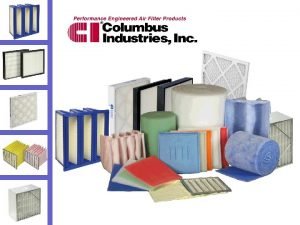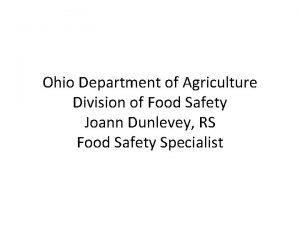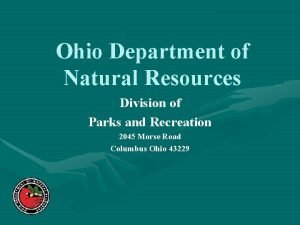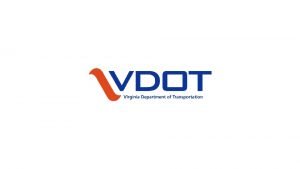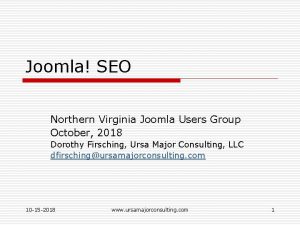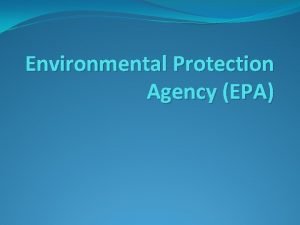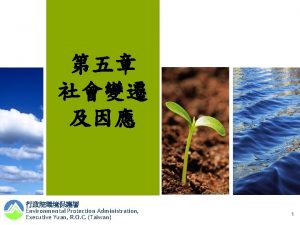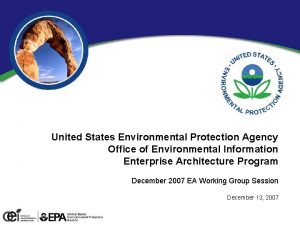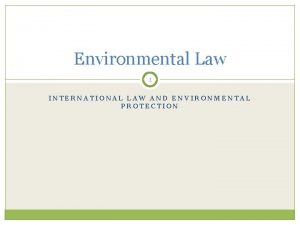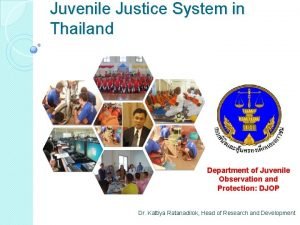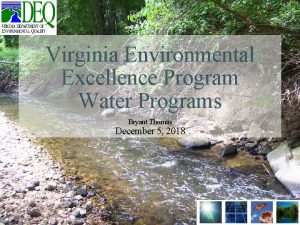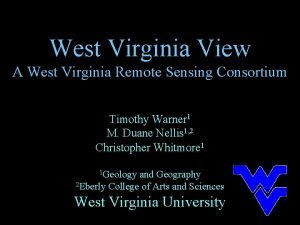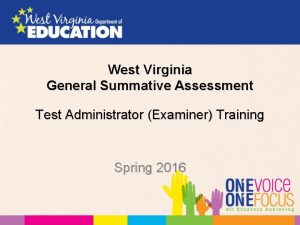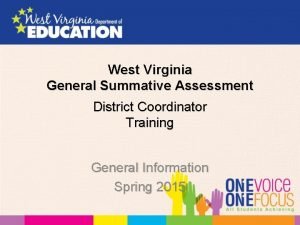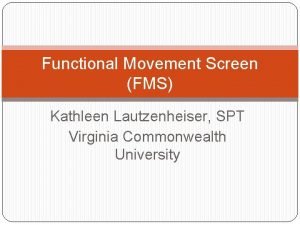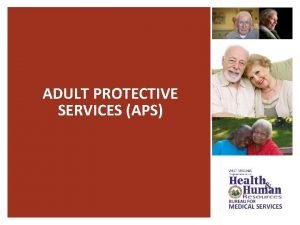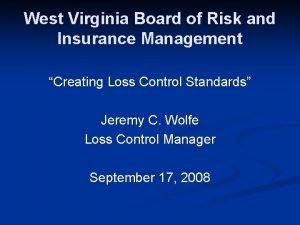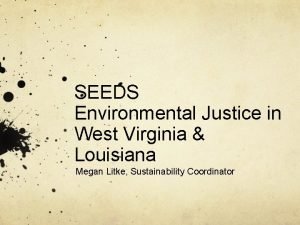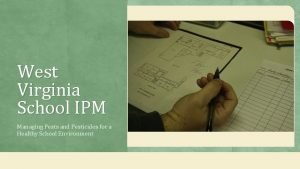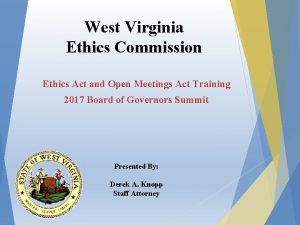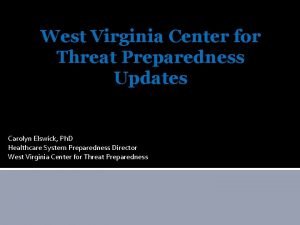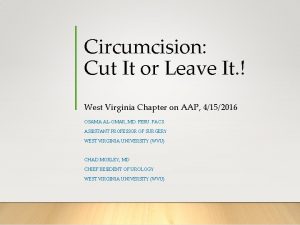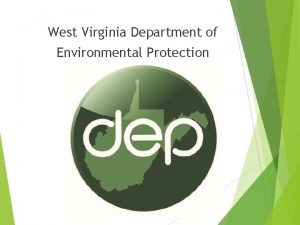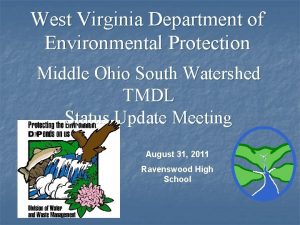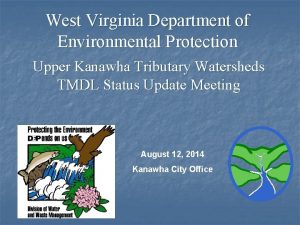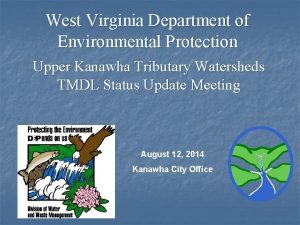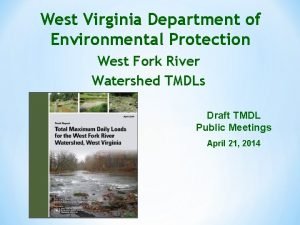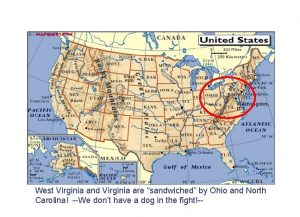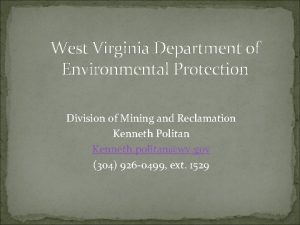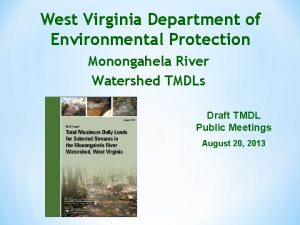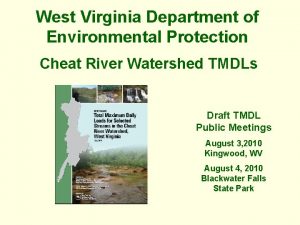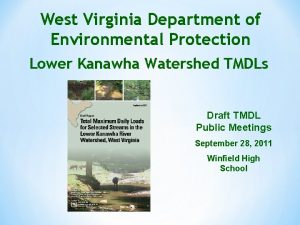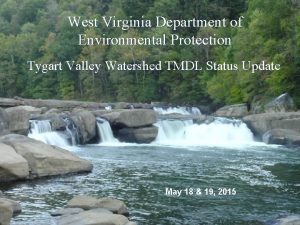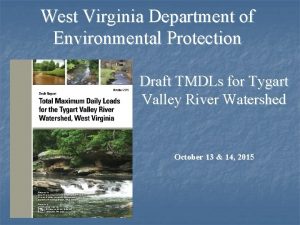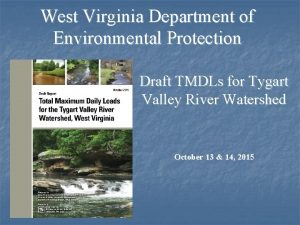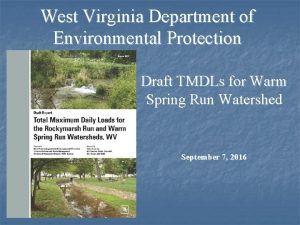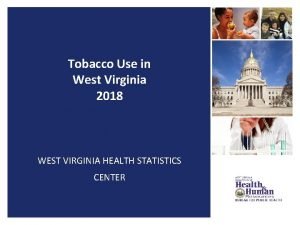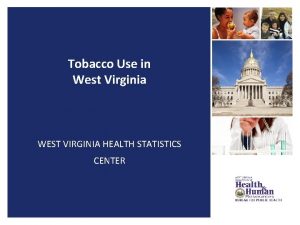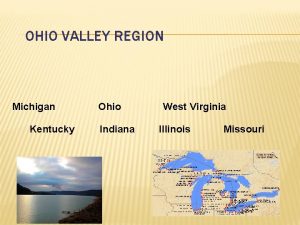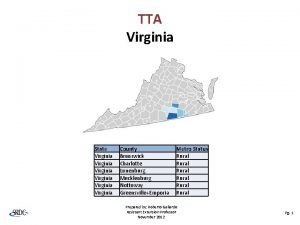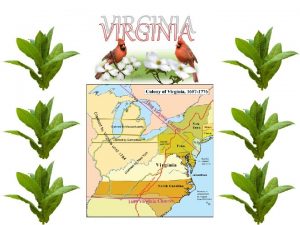West Virginia Department of Environmental Protection Upper Ohio
































- Slides: 32

West Virginia Department of Environmental Protection Upper Ohio North Tributary Watersheds Draft TMDL Meeting Need report cover photo November 6, 2014 Cabela’s Conference Room Wheeling, WV

Agenda Ø Project Timeline/History Ø TMDL/Water quality standards recap Ø Overview of TMDL effort Ø Explanation/demonstration of electronic documents, spreadsheets, tools Ø Questions and answers

WVDEP TMDL Process (4 yrs) Ø Stream Selection - (4/2011) Ø Pre-TMDL monitoring, source identification and characterization - (7/2011 – 6/2012) Ø Contract to model water quality and hydrology – (1/2013) Ø Determine baseline condition and allocate pollutant loads Ø Draft Report comment period – (10/23 - 11/21) Ø Public Meeting - 11/6 Ø Finalization and EPA approval

What’s a TMDL? Ø “Total Maximum Daily Load” (1) How much pollutant a stream can receive and remain healthy Ø (2) Pollution Budget - prescribes reductions (where needed) of pollutants that result in the restoration of an impaired stream Ø Ø TMDL development required by Clean Water Act for all streams impaired by a pollutant

TMDL = S WLA + S LA + MOS Ø Ø S = “sum of” Ø WLAs - pollutant loads from “point sources” Ø Discharge from point Ø Need NPDES permit WLA = “wasteload allocations” LA = “load allocations” MOS = “margin of safety” Ø LAs - pollutant loads from “nonpoint sources” and background Ø Precipitation/runoff driven Ø No permit required

What’s an impaired stream? Ø Ø Stream that doesn’t meet water quality standards West Virginia Water Quality Standards are codified in 47 CSR 2 Ø Ø http: //www. dep. wv. gov/WWE/Programs/wqs/Documents/Rules/ WVDEP_47 CSR 2_WQS_Final. Rule%206_27_2011. pdf Standards include “Designated Uses“ Uses for WV waters and “water quality criteria” to protect those uses Ø Criteria can be numeric or narrative Ø Impaired streams are enumerated on the 303(d) list

West Virginia Section 303(d) List / Integrated Reports

Numeric Criteria of Concern Fecal Coliform Ø Ø Water Contact Recreation/Public Water Supply Ø Ø Ø Shall not exceed 200 counts/100 ml as a monthly geometric mean (5 samples/month) Nor to exceed 400 counts/100 ml in more than 10% of samples in a month Iron (Holbert Run) Ø Aquatic Life/Public Water Supply Ø Ø Ø Not to exceed 1. 5 mg/l as a 4 day average concentration more than once in a three year period Public Water Supply - 1. 5 mg/l Modeled Iron impairment

Narrative Criteria Previous 47 CSR 2 - 3. 2. i Assessment Ø Based on Benthic Macroinvertebrates (aquatic bugs) Ø Stream scored based on abundance and type of bugs present Ø Streams with impaired communities were placed on the 303(d) list and slated for TMDL development

Narrative Criteria 2012 Legislative Changes Ø Ø Senate Bill 562 passed by the 2012 West Virginia Legislature amended the WV Water Pollution Control Act Requires DEP to develop and secure legislative approval of new rules to interpret 47 CSR 2 -3. 2. i Section 22 -11 -7 b: http: //www. legis. state. wv. us/wvcode/Chapter. Entire. cfm? cha p=22&art=11 No biological TMDLs are part of this effort Ø Streams currently listed as biologically impacted will undergo Stressor Identification process

Stressor Identification Process Ø Ø Ø Method to evaluate stressor/s of biologically impacted streams Process used to evaluate if numeric criteria TMDLs (fecal, iron) will address biological stressors Information will be retained and may be used to delist streams in the future (Middle Run)

Impaired Waters 8 named streams in Upper Ohio North tributary watersheds, Mainstem Ohio is not part of this effort

TMDL Watersheds

MDAS Model Ø Watershed Model Ø Runs dynamically on a 1 -hour time step Ø Ø Represents land use (hydrologic processes) and river processes Recognizes exposure duration and exceedence frequency components of criteria Ø Can include nonpoint and point sources Ø Streambank Erosion component - Bank Pin Study

Modeling Approach Segment watershed Ø Configure model to represent all sources Ø Calibrate model for hydrology (flow) and water quality Ø Fecal Ø Iron Ø Sediment Ø Run MDAS for Baseline conditions (existing) Ø Run MDAS for TMDL scenario(s) Ø

Modeling Ø Ø Ø 5 TMDL watersheds 17 subwatersheds Ohio mainstem is included

Baseline Condition Ø Design precipitation period Ø Hourly precipitation data for a six-year period Ø Design period includes wet and dry years Ø Applied to present day land uses Ø Permitted discharges equal to permit limits

TMDL Condition Ø Ø Ø Existing pollutant sources reduced such that TMDL endpoints are achieved in each modeled subwatershed recognizing Criteria value, duration and exceedence frequency Margin of safety

Margin of Safety Ø Ø Ø Required component of TMDLs Explicit 5% used in most TMDLs TMDL endpoints for numeric criteria are 95% of criterion value (ex: 1. 425 mg/l for 1. 5 mg/l criterion)


Allocation Methodology Ø Universal Reduction of targeted sources Ø Ø Failing Septics, Streambank erosion, etc Top-down approach Ø Headwater subwatersheds analyzed first Ø Ø Allocation strategy dictates order and magnitude of reduction If necessary, loads are reduced then routed to downstream subwatershed

Allocation Methodology Ø WVDEP priorities: Ensure criteria compliance at all sws outlets Ø Target the primary causative sources Ø Ø Strategy in general Critical conditions must be considered Ø Sometimes only one significant source in sws Ø Always some amount of professional judgement Ø

Fecal Coliform Sources Ø Point sources Ø Ø MS 4 areas Nonpoint source Failing septic systems and/or straight pipe illicit discharges Ø Stormwater runoff from urban/residential lands Ø Stormwater runoff from agricultural lands Ø

Fecal Coliform Strategy Ø Ø 100% reduction of all untreated sewage discharges (failing septics, straight pipes) as required by WV Bureau for Public Health regulations Sensitivity analysis based reductions to address extent of agricultural vs. urban/residential impacts

Iron Sources (Holbert Run) Ø Point Ø Ø Sources None at the time of model setup Nonpoint sources Streambank erosion Ø Sediment sources (roads, agriculture, urban/residential) Ø

Iron Allocation Strategy (Holbert Run) Ø Ø Reduction of streambank erosion to best available in watershed Reduction of sediment sources, where necessary, to meet Iron loadings equivalent to 100 mg/l TSS Ø Ø Ø Cropland Pasture Urban/Residential Pervious Unpaved Roads Future growth allowances for stormwater construction of 2. 5% of subwatershed acreage

Future Growth Highlights Ø Ø Ø New facility anywhere in watershed if meeting water quality criteria end of pipe Subwatershed-specific future growth allowances have been provided for site registrations under the Construction Stormwater General Permit Full details on Future Growth can be found beginning on page 43 of the Draft report

Upper Ohio North Watershed TMDL Path Forward Ø Ø Formal public comment period ends 11/21/2014 Address comments, prepare final draft and submit to EPA for approval (final draft will include Response Summary)

Public Comment Ø Public Comment period ends November 21, 2014 Ø Documents may be reviewed/downloaded from DEP webpage http: //www. dep. wv. gov/WWE/watershed/TMDL/Pages/default. aspx Ø CD available upon request – CD includes GIS Shapefiles and Technical Report Ø Comments should be submitted to Steve Young at Stephen. A. Young@wv. gov Ø Questions - contact Dave Montali, Jim Laine, Mike Mc. Daniel Ø (304) 926 -0499 (Ext 1063, 1061, 1055) Ø David. A. Montali@wv. gov Ø James. C. Laine@wv. gov Ø Michael. L. Mc. Daniel@wv. gov

TMDL Products Ø Main Report – Overall description of the TMDL development process for the Upper Ohio North Tributary watersheds Ø Technical Report with detailed appendices

TMDL Products Ø Allocation spreadsheets: Ø Ø Ø Fecal Coliform, Iron TMDL for each stream WLAs and LAs by SWS Filterable GIS shapefiles, along with Technical Report and Appendices, available on CD

Spreadsheet/GIS Demonstration Discussion/Questions
 Nyc department of environmental protection
Nyc department of environmental protection Columbus industries west union ohio
Columbus industries west union ohio Oh.nesinc
Oh.nesinc Ohio department of higher education
Ohio department of higher education Ohio department of agriculture food safety
Ohio department of agriculture food safety Ohio department of taxation morse road
Ohio department of taxation morse road Vdot work area protection manual
Vdot work area protection manual Virginia work area protection manual 2020
Virginia work area protection manual 2020 Seo northern virginia
Seo northern virginia Environmental protection agency purpose
Environmental protection agency purpose Environmental protection
Environmental protection Environmental protection agency
Environmental protection agency Law on environmental protection
Law on environmental protection Department of juvenile observation and protection
Department of juvenile observation and protection Virginia environmental excellence program
Virginia environmental excellence program West virginia view
West virginia view Wvu registrar phone number
Wvu registrar phone number West virginia summative assessment
West virginia summative assessment Wvde secure browser
Wvde secure browser Wvde form 39
Wvde form 39 Characteristics of gifted students
Characteristics of gifted students Functional movement screen west virginia
Functional movement screen west virginia West virginia adult protective services
West virginia adult protective services Risk management west virginia
Risk management west virginia West virginia to louisiana
West virginia to louisiana Molina medicaid solutions west virginia
Molina medicaid solutions west virginia Fumigation west virginia
Fumigation west virginia Business ethics in west virginia
Business ethics in west virginia West virginia center for threat preparedness
West virginia center for threat preparedness West virginia circumcision
West virginia circumcision West virginia
West virginia Unicare health plan of west virginia
Unicare health plan of west virginia West virginia budget
West virginia budget

